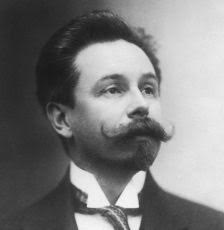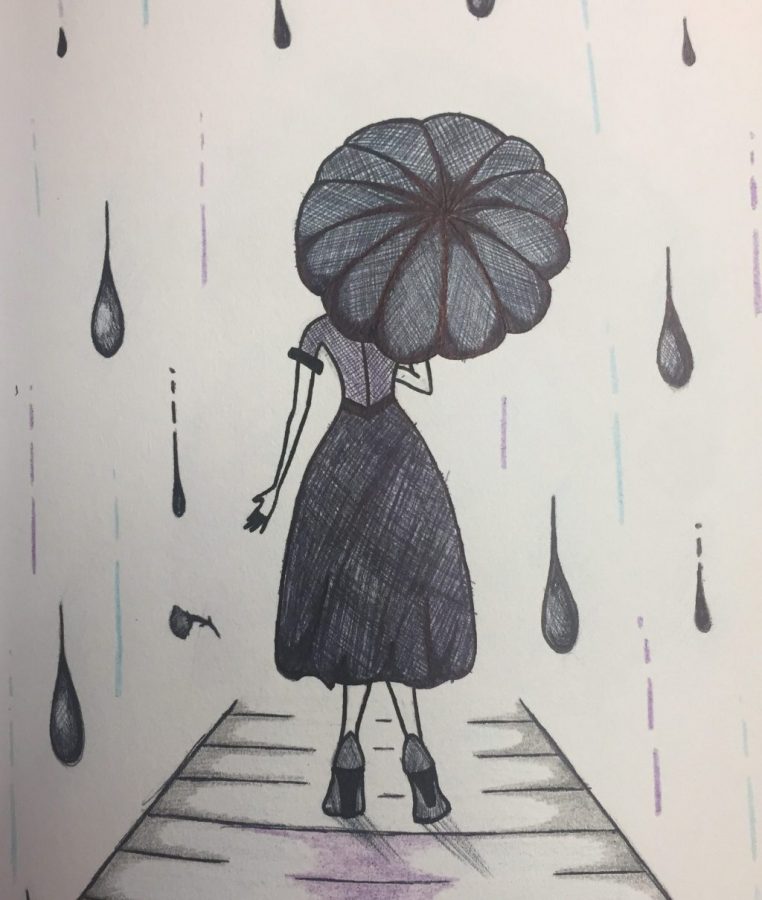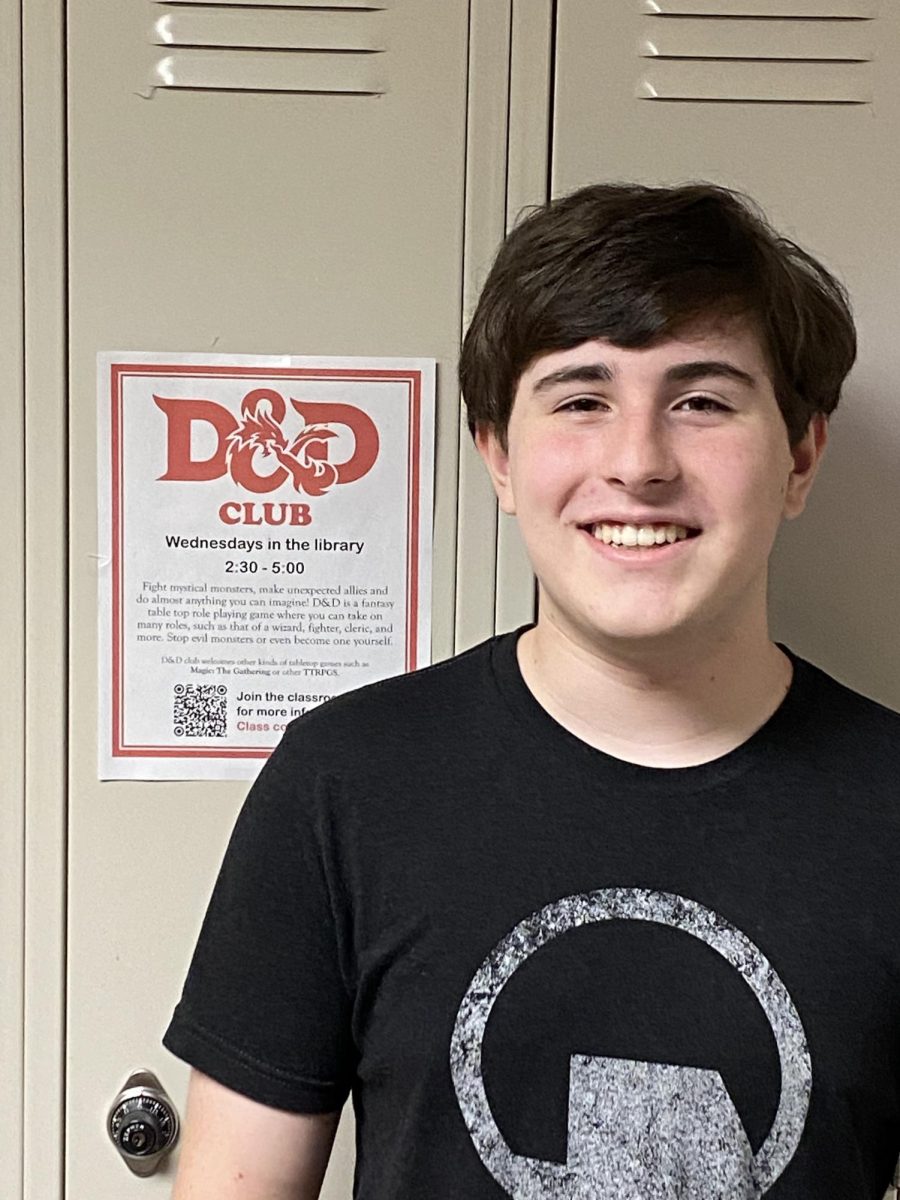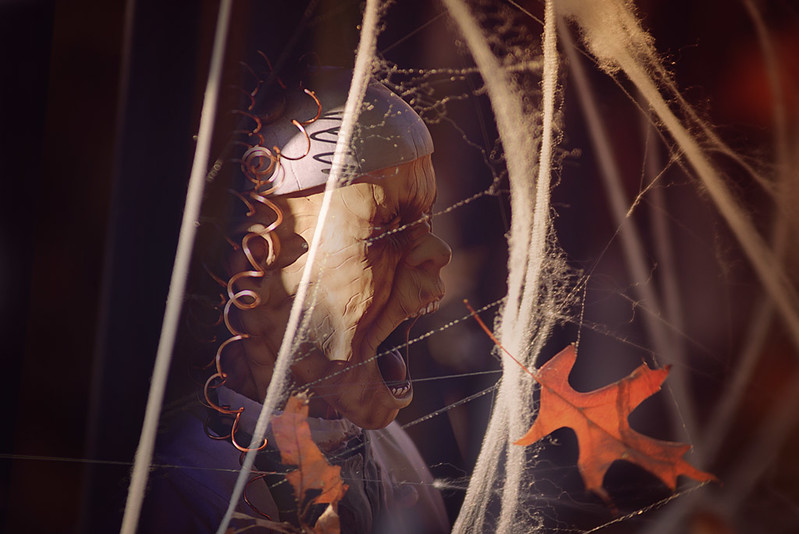BY SARAH MARZE
This summer, I had the pleasure of attending a three week Music History class as part of my summer intensive at the Eastman School of Music. I attended music lessons and even learned scenes from an opera! Most importantly, I listened to a lot of new music.
In the fifth Music History class of the camp, I experienced something I would never expect at a seemingly uptight classical music school. My ears were assaulted with what sounded like the musical equivalent of nails on a chalkboard at some points, and flip-flopping to lyrical, smooth lines at other points. It sounded choppy and random, nothing like the music I’ve played or sang before at school or in lessons. The professor grinned at me as I cautiously sat down in my desk with a more-than-quizzical look on my face.
I learned that this devilish music was composed by Alexander Scriabin’s, a Russian composer, born in 1872. Regarded as an over-the-top eccentric, he conveyed cult-like religious and spiritual ideas through his music, using harmonies that sound very outside of normal music.
Tonality, a predominant pattern in Western music from the mid 17th century through contemporary time, is pleasing to the ears. Any radio-friendly modern music can be called tonal. During Baroque period (1600-1750), however, individual composers started gaining popularity and experimenting with different kinds of chords. More well-known composers like Mozart worked in the Classical period (1730 to 1820), music was written for parties and events, so it was more fun and experimental. The Romantic period (1820 to 1900) followed, emphasizing emotions and storytelling. In this era, music was recognized as more of an art.
Scriabin wrote during the Romantic period, but his music was much less tonal than that of his contemporaries. Romantic composers experimented with harmonies that were less pleasing to the ear in order to create tension, but Scriabin took this style to a new level. Compared with his friend and contemporary Sergei Rachmaninoff, whose compositions have long, flowing lines and lots of emotion with slow complicated harmonies, Scriabin’s lines are less fluid and melodic. Scriabin’s music is often atonal without a melody to follow. In other words, his music isn’t very catchy.
According to researchers at the Promethei group in Russia, which studies the effects of combining colored light with music, Scriabin might have had synesthesia (Was Scriabin a Synesthete?). Synesthesia is the brain condition that causes some people to see vivid colors when they listen to music, but others might experience the condition differently. Scriabin assigned specific colors to different notes being played. For example, E flat was a “silver color with a metallic sheen,” while C natural would be red. Scriabin also assigned different keys of music colors, such as F sharp major being a “grayish-green” and E major being a bright “sapphire blue.” Many other great composers had this condition.
As a child, Scriabin was sickly, and one source suggests he may have had anxiety and depression. He studied piano at the university level with the “notorious” Nikolai Zverev, who apparently had cruel disciplinary methods such as throwing things, hitting students, and punishing them to practice intensely (Scriabin Mysterium).
His most famous work was his last, called the Mysterium. Scriabin wrote the symphony to cause an apocalypse.
Scriabin wrote some curious things in his personal journals around the same time he was writing the Mysterium.
“I am come to tell you the secret of life, the secret of death, the secret of heaven and earth”; “The whole world is inundated with the waves of my being” (Gramophone).
In June of 2015, a group called Scriabin in the Himalayas attempted to recreate a version of the Mysterium. According to their online concert program, Scriabin’s original plans for the performance of the Mysterium included thousands of people at a temple in the Himalayas. He believed that the vibrations from his music would “cause the temple to crumble,” starting a ritual for the “heavens.” He wanted the thousands in the audience and onstage to be “dematerialized” and to achieve “spiritual unity with cosmos,” “universal death,” and “communal rebirth.” Using very disturbing musical harmonies, colored lights and music, scents released into the air, dancing, mythic chanting, singing, and pagan “sacred geometry,” he hoped to bring about an apocalypse with this ritual symphony
Scriabin died from an infection in his lip before he could finish the Mysterium. He had only about 50 pages of sketches, but not a playable score. Another composer, Alexander Nemtin, translated his sketches into a finished score, but the music was changed in subtle ways by Nemtin. We will never know what it truly sounded like in Scriabin’s mind.
Even though his music sounds disturbing to an unprepared listener, he was truly loved by Russia in his time. When he died in April of 1915, a British music critic living in Moscow wrote, “He is dead! The sparking light is extinguished which led us to new revelations in art and music.” After his death, his friend Sergei Rachmaninoff toured for the first time, playing Scriabin’s piano works.
While Scriabin was truly admired in his time, looking closer into his life and work still begs the question of whether he should be considered a genius or a madman. Listen and decide for yourself.
http://https://youtu.be/V4YSysUn-Bk
Music for the Apocalypse?
October 1, 2017

Tully Potter Collection. “Alexander Scriabin.” Alexander Scriabin: the Innovation and Audacity of the Russian Composer, Gramophone, 6 Jan. 2016
1
0
Tags:
More to Discover









Robert • Oct 3, 2017 at 7:27 am
Genius because I believe that him using a new theme of music to express himself in ways that even philosophy cant explain or use